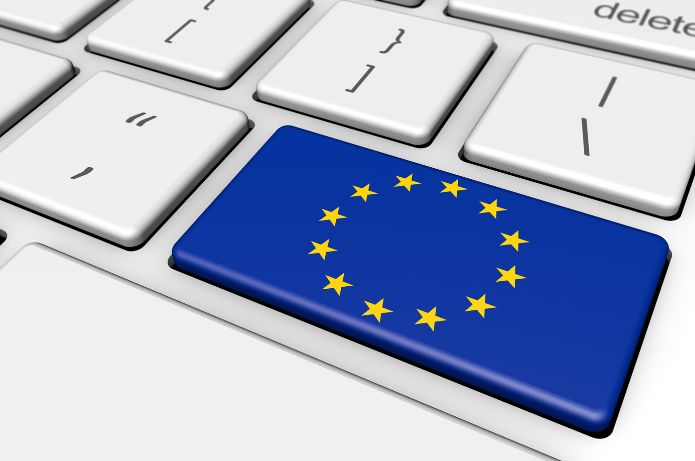People are tired of so much information in their day-to-day lives. Unilateral interactions with brands, an excess of non-adherent content to their profile, and excessive news are, more than ever, generating a need to escape from this reality. Although this movement may be something detrimental to brands, it can also be strategically driven by marketing to help users relax their minds and, at the same time, enable a financial return to companies – a strategy known in the market as the economy of escapism.
When asked why they want to escape reality, 42% of Brazilians stated that they seek to escape ‘their own minds’, while 34% justified this movement as a result of ‘the news’, according to a global study by McCann Worldgroup – an information overload that encompasses all online interactions that users encounter daily, not only from news portals but also from paid advertisements by a variety of companies.
The lack of this care by a brand can be extremely damaging to its prosperity and profitability. Also, according to the global study by McCann Worldgroup, as evidence of this, 44% of consumers want brands to understand their frustrations, with 56% wishing for them to provide dreams. Those who do not keep up with and meet these demands will certainly lose ground in the market, harming their image, reputation, and continuity.
The data presented in the study shows the importance of distractions as a healthy way to deal with the stress of everyday life. In this scenario, a good marketing strategy can seek ways to interact with this audience in a less aggressive and one-sided manner, for the construction of campaigns and transmission of more assertive, adherent, and non-excessive messages. Exploring the escapism theme in interactions with people, aiming not only for a sale but to create a bond.
According to the McCann study, this escapism economy already moves $10 trillion, expected to reach $13.9 trillion by 2028, transforming marketable products into distractions that not only assist people going through high-stress situations but also favor brands in creating sales opportunities that bring better internal results and greater customer satisfaction.
To achieve these goals, advertainment strategies, storytelling, branded content, product placement, guerrilla marketing, and UGC have proven effective in this regard, bringing companies and their products to light in creative ways that capture special attention simply by being different.
Use these tools and plans strategically and creatively, instead of simply developing simple and mass-produced ads without intelligence behind them, which ultimately fail to attract, retain, and engage the target audience. If it is necessary to invest more time than usual in creating assets that truly capture attention and create brand recall for your brands, do it! The market, for a few years now, has shown signs that ‘marketing that doesn’t look like marketing’ is one of the most effective.
Creating a connection with an audience that is exhausted from so much information in their lives is truly difficult. After all, when a person ends up having a bad experience with your company, that feeling can last for a long time, capable of harming decades of sales. However, once this bond is created, it becomes strong enough to transform the lifetime value of the customer and the brand’s reputation in front of its competitors.







